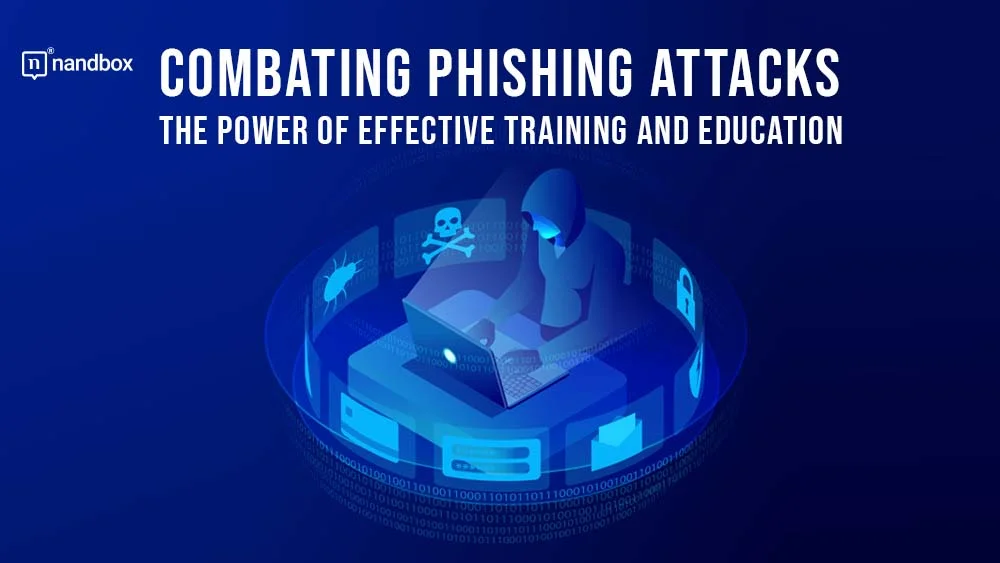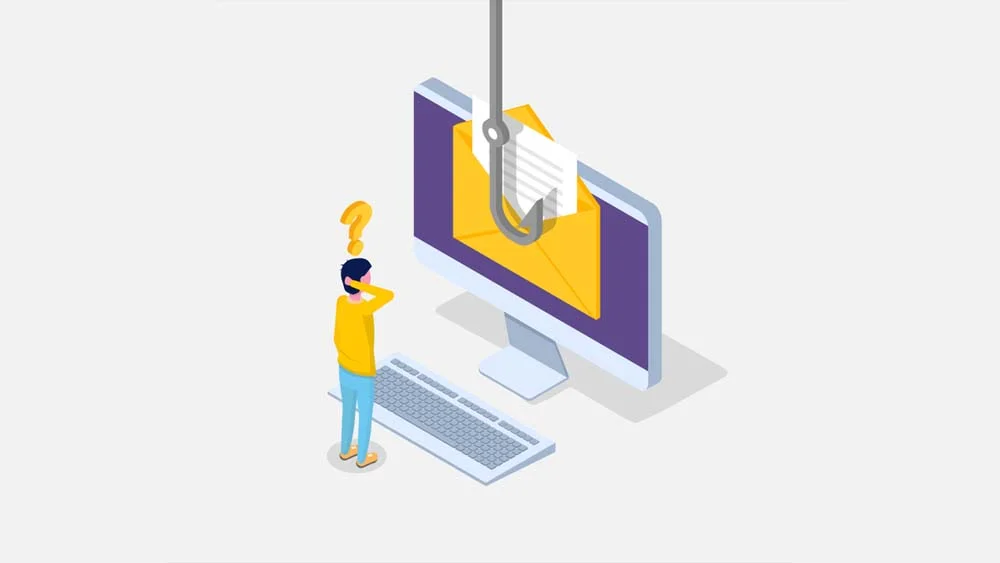In today’s digital landscape, phishing attacks have become a pervasive threat to individuals and organizations alike. Deceptive attempts to get sensitive information can lead to identity theft, financial loss, and data breaches. Besides, the human factor in cyber security remains a critical concern, as cyberattacks often exploit human vulnerabilities through tactics like social engineering and phishing However, by implementing effective training and education programs, individuals and organizations can arm themselves with the knowledge and skills necessary to combat phishing attacks effectively.
The Importance of Phishing Attack Awareness
Phishing attacks often rely on social engineering techniques to trick individuals into divulging confidential information or clicking on malicious links. Moreover, hackers and cybercriminals have become increasingly sophisticated in their tactics, making it essential for individuals to be vigilant and well-informed about the dangers of phishing attacks.
Effective training helps people recognize phishing signs, making them less likely to fall for such attacks.
Elements of Effective Phishing Attack Training
- Recognizing phishing emails: Training programs should educate individuals on the key indicators of a phishing email. These may include generic greetings, spelling and grammatical errors, requests for personal information, urgent or threatening language, and suspicious email addresses or domains. By teaching individuals to scrutinize these elements, they can develop a keen eye for identifying potential phishing attempts.
- Understanding phishing techniques: Education programs should provide insights into the various tactics used by cybercriminals in phishing attacks. This includes email spoofing, website spoofing, deceptive URLs, and social engineering techniques. By understanding how these techniques work, individuals can better protect themselves by avoiding suspicious emails, links, or websites.
- Simulated phishing exercises: Training programs can utilize simulated phishing exercises to provide hands-on experience and reinforce learning. These exercises involve sending mock phishing emails to participants and tracking their responses. Also, by analyzing the results, individuals can identify areas where they may be susceptible to phishing attacks and receive targeted training to improve their defenses.
- Best practices for email and internet security: Education programs should cover essential security practices, such as regularly updating software and operating systems, using strong and unique passwords, enabling two-factor authentication, and avoiding sharing sensitive information online. Furthermore, by instilling these best practices, individuals can significantly reduce their vulnerability to phishing attacks.
- Reporting procedures: Training programs should emphasize the importance of reporting suspicious emails or incidents to the appropriate IT or security personnel. Encouraging a culture of reporting helps organizations identify and respond quickly to potential threats, preventing further damage and raising overall cybersecurity awareness.
Ongoing Training and Awareness
Effective phishing attack training is not a one-time event but an ongoing process. As phishing techniques evolve, individuals and organizations must stay up-to-date with the latest trends and countermeasures. Additionally, Regular training sessions, refresher courses, and awareness campaigns can reinforce knowledge and ensure that individuals remain vigilant in their online activities.
Foster a cybersecurity culture by encouraging open communication, offering educational resources, and rewarding proactive employee involvement. Also, This makes staff more invested in defending against phishing attacks.
Conclusion
Phishing attacks continue to pose a significant threat to individuals and organizations. By implementing effective training and education programs, individuals can become more resilient against these attacks, identifying and mitigating risks proactively. Continuous training and staying alert are key to fighting phishing attacks. Being informed and applying what you’ve learned makes you and the digital environment safer.




